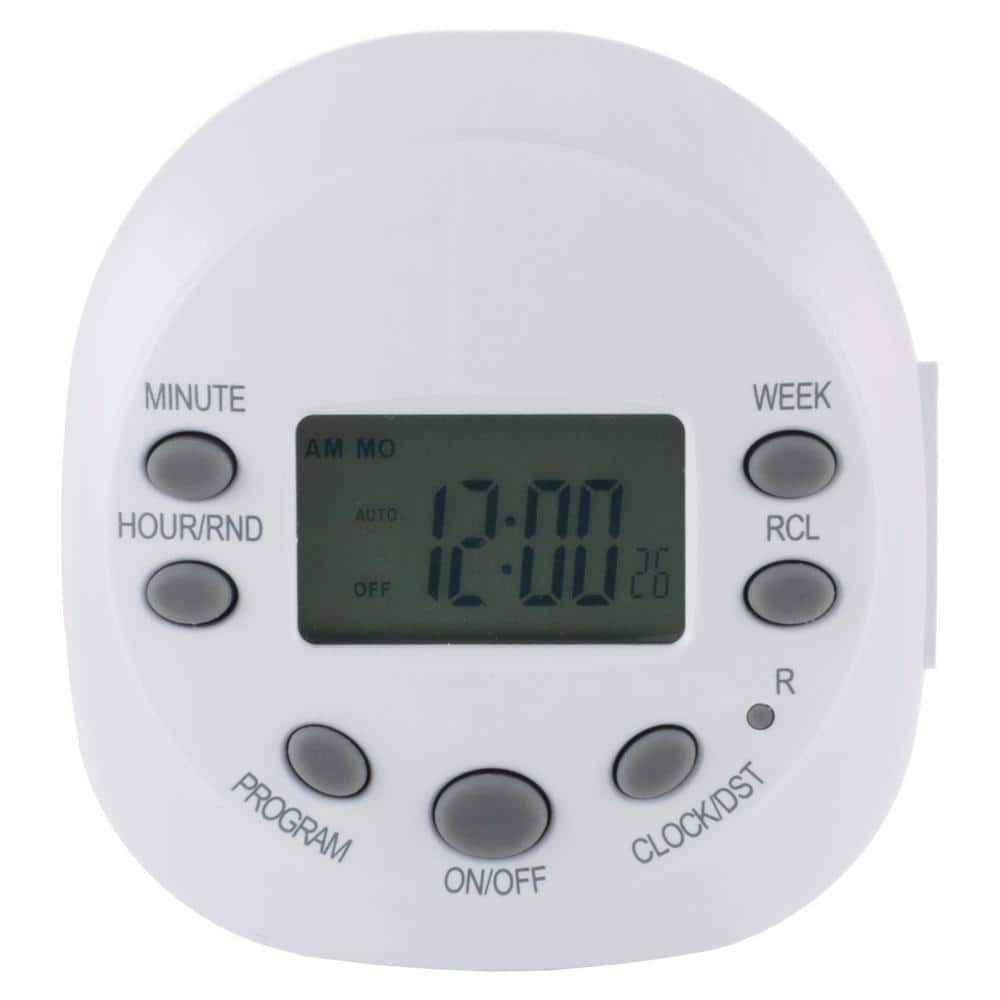I'm looking for advice on what radiator oil filled heater to get for Reggie's room. Our plan was to heat the room during the day with the heater, set the timer to turn it off at night, and heat only the hide at night with a radiant heat panel. The timer would turn the heater back on in the morning. We bought a heater but discovered it does not have a 24 hour timer and it seems it cannot be set up with an external timer, as I had originally planned to do. I looked online for an oil heater with a built in 24 hour timer. I found a Delonghi at Home Depot that looks like the timer will allow a lower temp at night and higher in the day. Reviews are decent.
Your thoughts, ideas, and experiences with oil heaters would be appreciated. Maybe I'll just have to leave the oil heater on 24 hours?
Thank you!
Your thoughts, ideas, and experiences with oil heaters would be appreciated. Maybe I'll just have to leave the oil heater on 24 hours?
Thank you!
